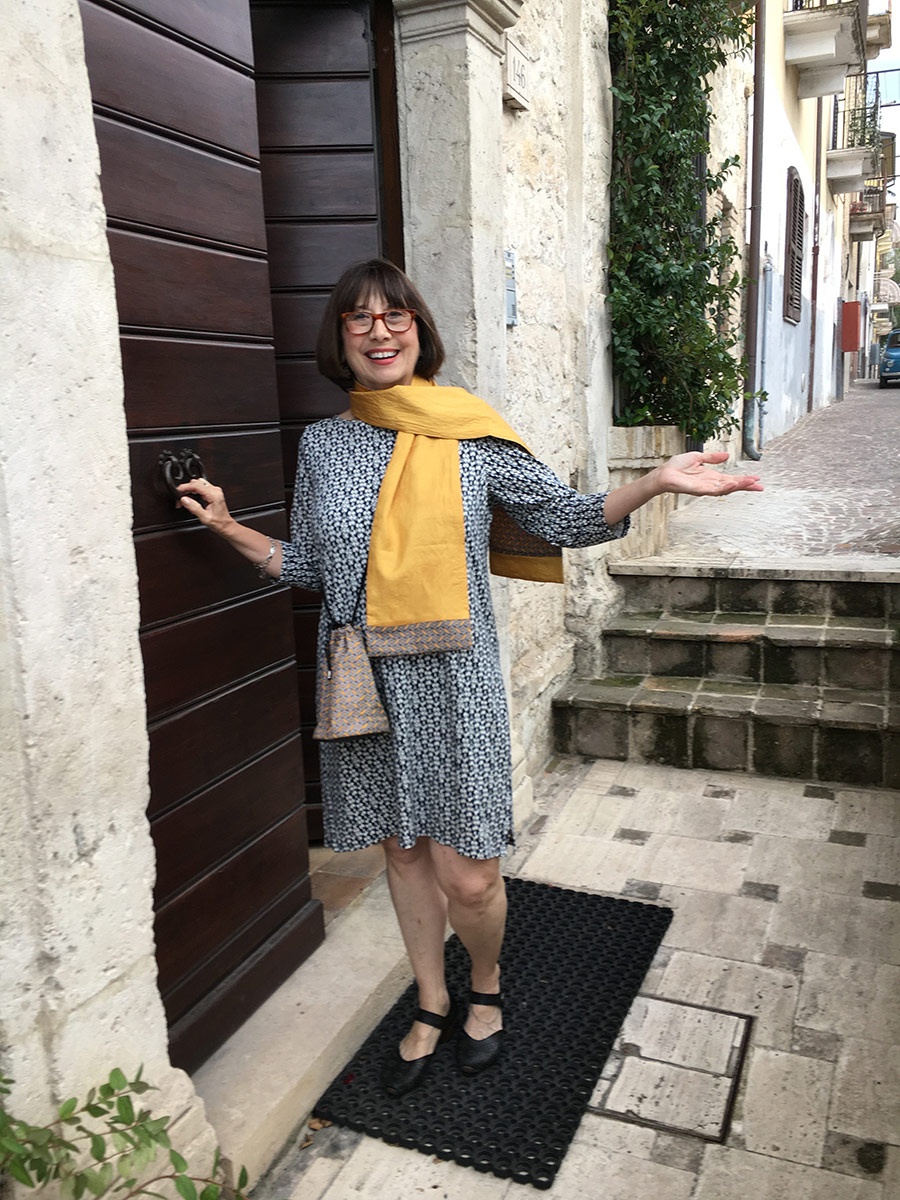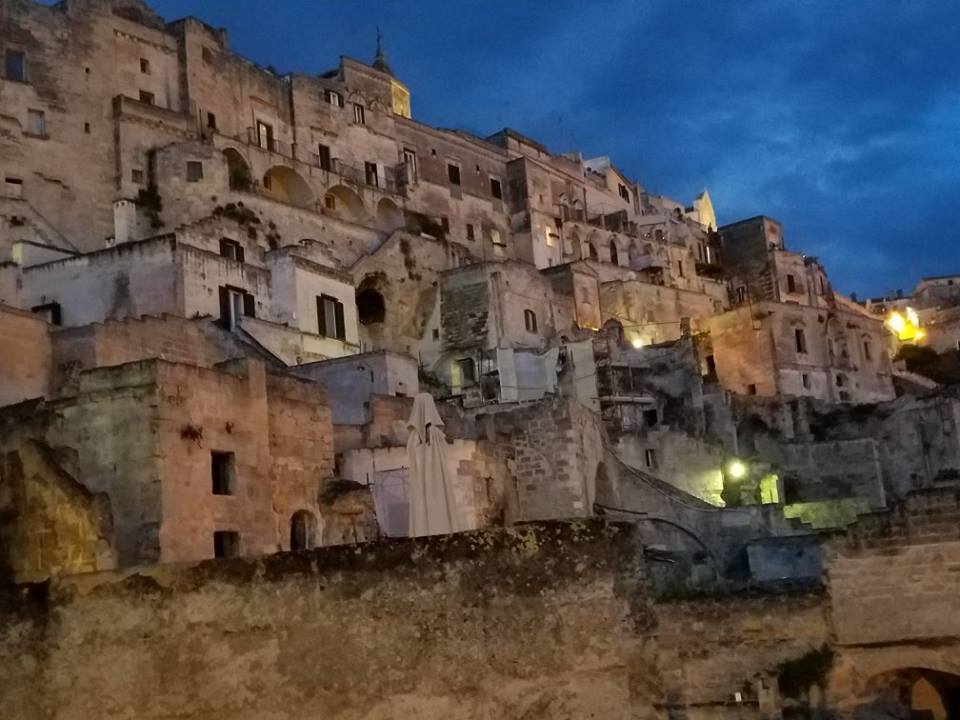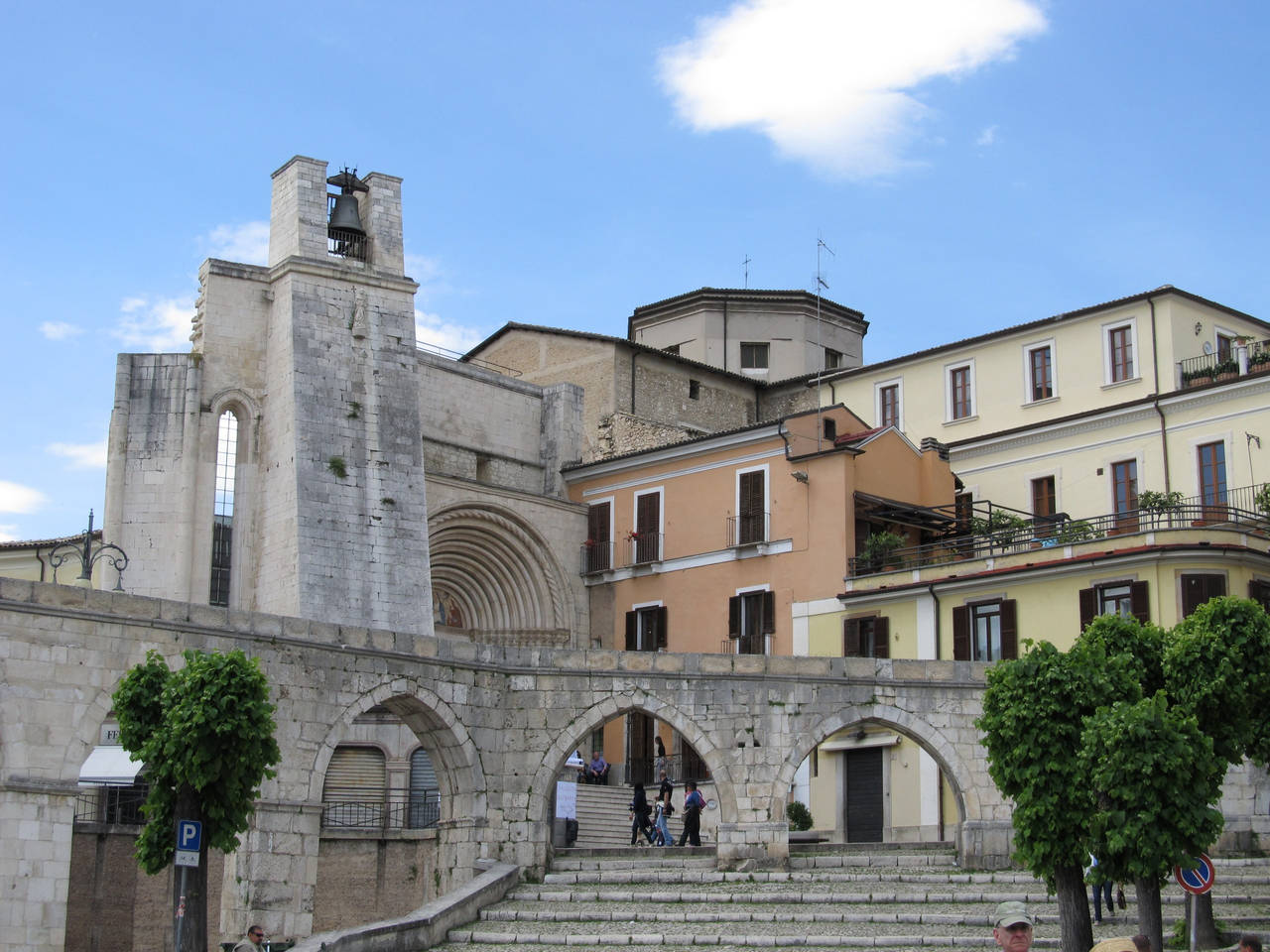National parks are the best idea we ever had. Absolutely American, absolutely democratic, they reflect us at our best rather than our worst. — Wallace Stegner
 The problem with keeping an appointment at Yosemite National Park is that there are too many outrageous things to see on the way up to it. Neat small towns, like Greeley Hill (population 915) and historic Jamestown; startling hills and drops around every corner; and vistas that go on forever and require that you pull over and have a look. That sort of thing.
The problem with keeping an appointment at Yosemite National Park is that there are too many outrageous things to see on the way up to it. Neat small towns, like Greeley Hill (population 915) and historic Jamestown; startling hills and drops around every corner; and vistas that go on forever and require that you pull over and have a look. That sort of thing.
I was late for appointments two days in a row because of a million photo stops, towns either too strange or too charming to simply drive through and businesses too good to pass up. Take, for example, the Chinese Camp Store and Kiwi Tavern.
The first thing we noticed as we pulled out of Sonora to go up to my appointment with the National Park Service was a huge Welsh flag flying by the side of the road. Then the name of the establishment caught our eye, and we had to stop. Both American and New Zealand flags were also in full display as we approached the small rustic building.
The sign over the front door said “Established 1934.” Curiouser and curiouser. Why here? Chinese Camp? Kiwis? We walked in and found the usual display of sodas and chips and other trail supplies. Cowboy hats. Lanterns. An abundance of Native American dream catchers in an array of sizes. Engine oil and other treatments. And then, emerging from the back of the store, was the Chinese Camp’s owner of 35 years, New Zealander Mike Reid.
We started talking with him and got the skinny on him and the so-called town. It turns out he was
deep into reading a book by a Mormon named Richard Evans and showed it to us. He found solace in the sayings and quotes that Evans had collected in the volume. Things had gotten slow in these parts since the end of the Gold Rush. Mike told us about the ghost town that was this Chinese Camp and that it was about to come back to life. Maybe. Rumor was someone had recently bought it.
Here’s what the Historic Landmark No. 423 says about it:
Mark Twain Bret Harte Trail
Chinese Camp
Reportedly founded about 1849 by group of Englishmen who employed Chinese as miners. Much surface gold found on hills and flats. Headquarters for stage lines in early 1850s, and for several California Chinese mining companies. First Chinese tong war in state fought near here between Sam Yap and Yan Woo tongs. Present stone and brick post office built 1854, still standing. St. Francis Xavier Catholic Church built 1855, restored 1949. First Pastor, Father Henry Aleric.
Most folks know about Mark Twain and his jumping frog, an event which still takes place in Calaveras County, just north of Sonora, not too far away from here. Twain spent a lot of time in California. Apparently Brett Harte did, as well. There’s everything from a Brett Harte Trail to a Brett Harte Mini-Storage enterprise. You can’t escape it.
Mike’s happy here. Been here a long time. Gets to talk to folks who stop by the store and sell ‘em a Coke or bag of chips. Before you know it, you’ve talked too long and are late for your appointment back in the real world. Or are you?
I hope Chinese Camp stays the way it is, even if the ghost town starts to come back to life. I’d hate to see Mike get so busy he couldn’t sit and talk.
Buon viaggio!

Linda Dini Jenkins is a card-carrying Italophile, travel planner, freelance writer, and amateur photographer. Travel is her passion, so writing about her travels just comes naturally. She hopes all her travelers find a way to express their joys, surprises, and fears as they travel and gives every traveler a nifty journal to help smooth the way. Learn more…










































Recent Comments